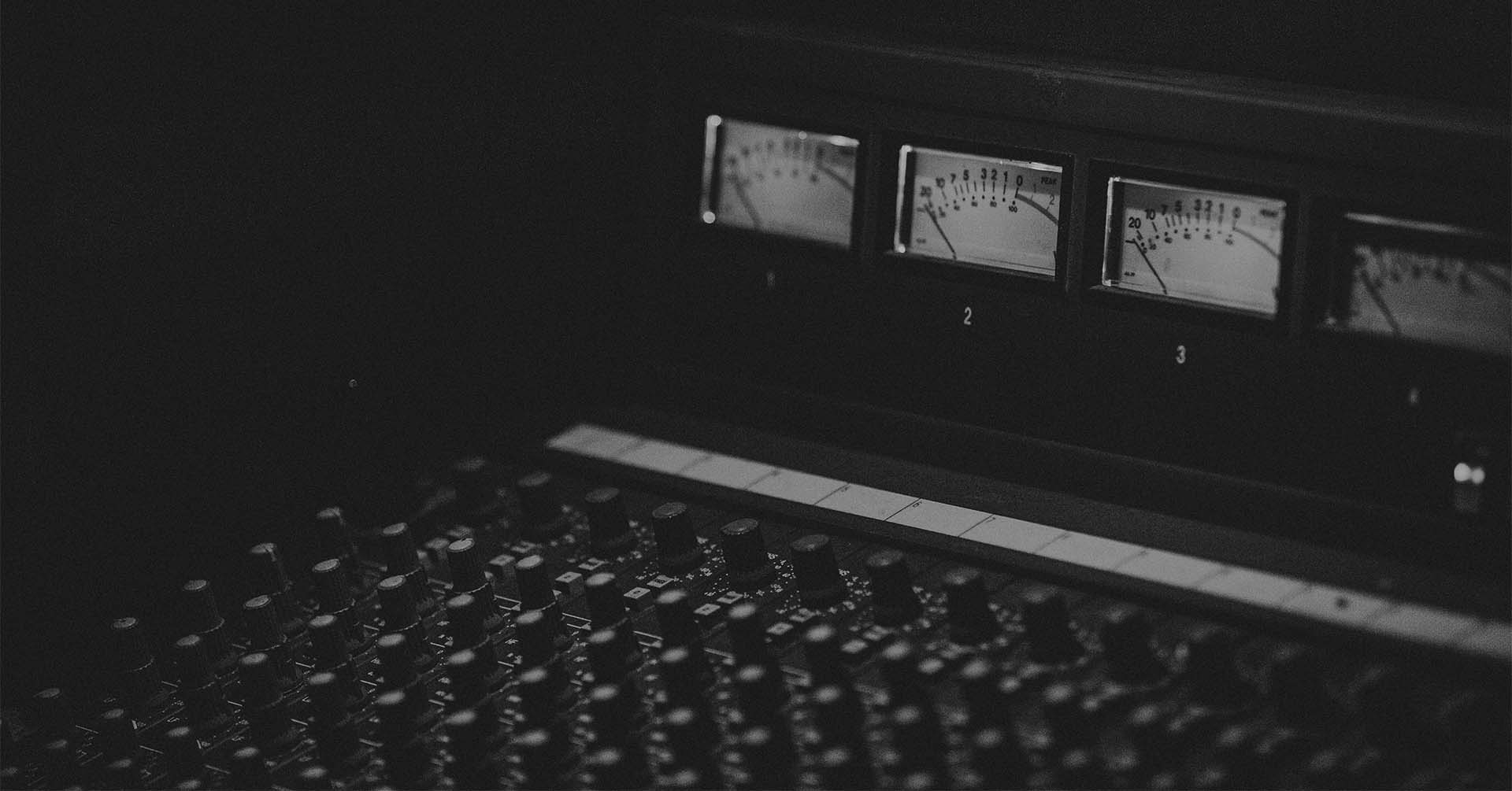Communications Service Providers (CSPs) are moving beyond their traditional role as mere conduits of data into a customer’s home. Facing revenue pressures from VoIP, mobile providers, over-the-top (OTT) media services, and alternative internet providers, CSPs are actively seeking new revenue streams to shed the "dumb pipe" image.
Leveraging Smart Metering for New Revenue Opportunities
Smart metering represents a promising avenue. This technology, which facilitates real-time monitoring of utilities like electricity and gas, has recently overcome major regulatory and privacy hurdles, especially in key markets such as the United States, Western Europe, and China. With existing customer relationships, CSPs are well-positioned to partner with utilities, managing the backend support for smart metering and potentially becoming the single-source residential service vendor.
The scenario isn’t unprecedented: NTT DoCoMo latched onto an opportunity to move beyond offering telecom services and become the financial platform of choice for bill payment and outsourcing.
Innovative Billing and Customer Engagement
The integration of smart metering places significant demands on legacy billing systems. To capitalize on this opportunity, CSPs must innovate their billing processes to support dynamic customer engagement.
This include:
- Providing an omnichannel experience — including mobile apps—to interact with customers across any device. One of the goals of smart metering is to reduce electricity use. Customers need a medium through which to view their usage in real time, and then take an action to perform a remote connect/disconnect, or adjust payment options/methods on demand or in a scheduled manner from any channel (smartphone, desktop, tablet, telephone call).
- Understanding the impact of convergence. The convergence of mobile, the cloud and the Internet of Things makes the integration between apps, customer relationship management (CRM), enterprise resource planning (ERP), billing and rating a huge challenge, especially since different capabilities like reside in different systems (including inventory, billing, provisioning, usage, etc.). Providers need to look at their business process management in an end-to-end manner and consider consolidating under a single master system of record. This ensures that the information is captured in the most consistent manner and made available to the right people at the right time across any channel to support improved productivity and increased customer satisfaction at the lowest possible total cost of ownership.
- Securing Customer Data and Real-Time Analytics. With the vast amounts of data generated by smart meters, CSPs must ensure robust security frameworks for data protection and utilize scalable real-time analytics to inform customers about usage patterns and potential savings. These analytics can transform how energy consumption is managed, making a substantial impact on the sector.
The Future of CSPs in Utility Management
As CSPs align more closely with utility providers through smart metering partnerships, they face both challenges and significant opportunities. The potential to redefine their market role and contribute to more efficient energy management is substantial. Will they seize this opportunity and reshape their business models effectively?
###
By: Flavio Gomes, Founder & Executive Chairman at LogiSense
As posted on: M2MNow The Global IoT News Source
Flavio Gomes /
Flavio is leading a team of highly skilled and passionate professionals to deliver on a vision he sees of enabling digital transformation towards the Usage Economy – the dynamic convergence of subscription- and usage-based billing models, allowing digital businesses to monetize in real-time any triggered event to drive revenue, gain intelligence and lever significant competitive advantage.
